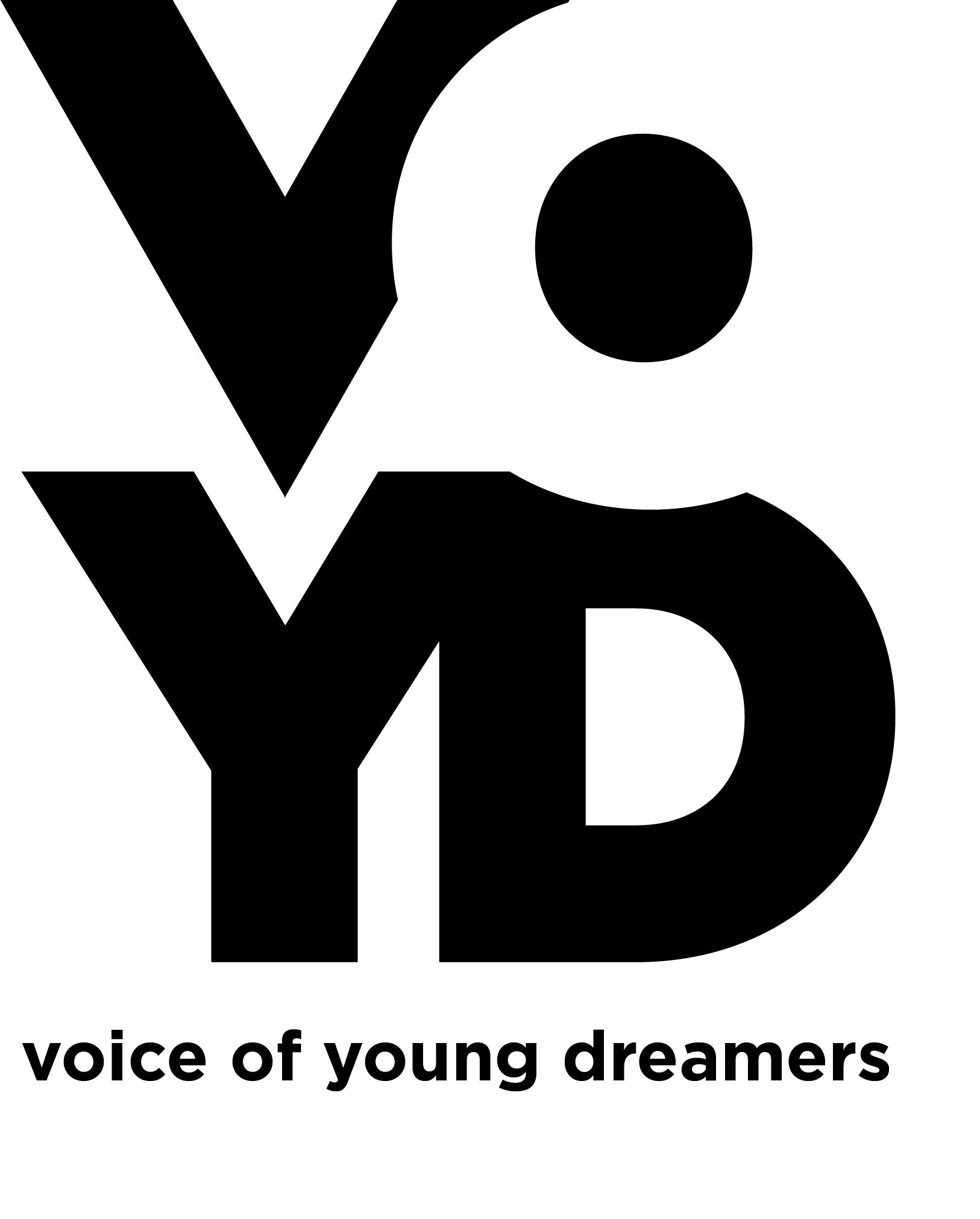HIP HOP SEOUL

It might seem like the Korean rap scene of today happened overnight, but that definitely is not the case.
Hip-Hop started to spread in the late 1980’s, after the fall of the authoritarian military government, the loosening of heavy censorship, along with the arrival of the 1988 Seoul Olympic brought global musical styles like rap, hip-hop, and R&B through the Korean diaspora.
With the growth of hip hop clubs and the influence of the internet, the Korean hip-hop scene started to surge in the early 2000’s.
Seo TaiJi and Boys' song “Nan Arayo” was where a revolution happened to merge American-style hip-hop and R&B into their music, a move so influential that they are considered as the originators of the K-POP phenomena.
While there exists collaboration between hip-hop and K-pop artists today, the genre has managed to separate itself from the pop music bubble. Many of the now-famous Korean hip-hop artists have their roots in the underground, which presents a stark contrast with the highly manufactured K-pop performers. Also, while K-pop idols are limited by their record labels in order to maintain their clean images, independent hip-hop artists do not face these same restrictions, leading to a greater level of “authenticity” in the genre.
This paved the way for other underground artists and incited a renewed appreciation for the Korean language within the hip-hop community. The genre of hip-hop in Korea today has diversified itself— it is a mix of the mainstream and the underground, the soulful R&B lyrical works to the base-heavy party jams.
The evolution of hip-hop music and culture in Korea is an interesting process: We all know that the US is the birthplace of hip-hop. Thus, this type of music was a cultural import to Korea, and Korean artists initially struggled with making the genre their own. The early Korean rappers of the 90’s lacked flow in their native language, thought of rapping as just talking fast, and associated being authentic with being American, resulting in an outcome that was both unimaginative and underwhelming.
Then came Verbal Jint. He shaped the genre for the better by introducing complex wordplay and internal rhyme schemes to Korean rap, and masterfully mixed English with Korean. He not only helped tear down the language barriers between rapping in English and Korean but also demonstrated the fact that rap could be uniquely Korean by highlighting the unique elements of the language itself. He also didn’t pretend to be “gangster”, rather focusing on the true essence of rap as a storytelling medium.
This paved the way for other underground artists and incited a renewed appreciation for the Korean language within the hip-hop community. The genre of hip-hop in Korea today has diversified itself— it is a mix of the mainstream and the underground, the soulful R&B lyrical works to the base-heavy party jams. What do Korean rappers rap about? The same things American ones do: grief, hardship, wealth, love, desire, anger, parties. These are all universal emotions and aspects of human life. What is so interesting is that Korean rappers often retain much of their native identity through language or cultural references, while still accepting international influences. The emphasis on the individual, a focus on the art of hip-hop and collaborations with prominent international artists proves that there is more to the country’s musical exports than shiny K-pop groups.












